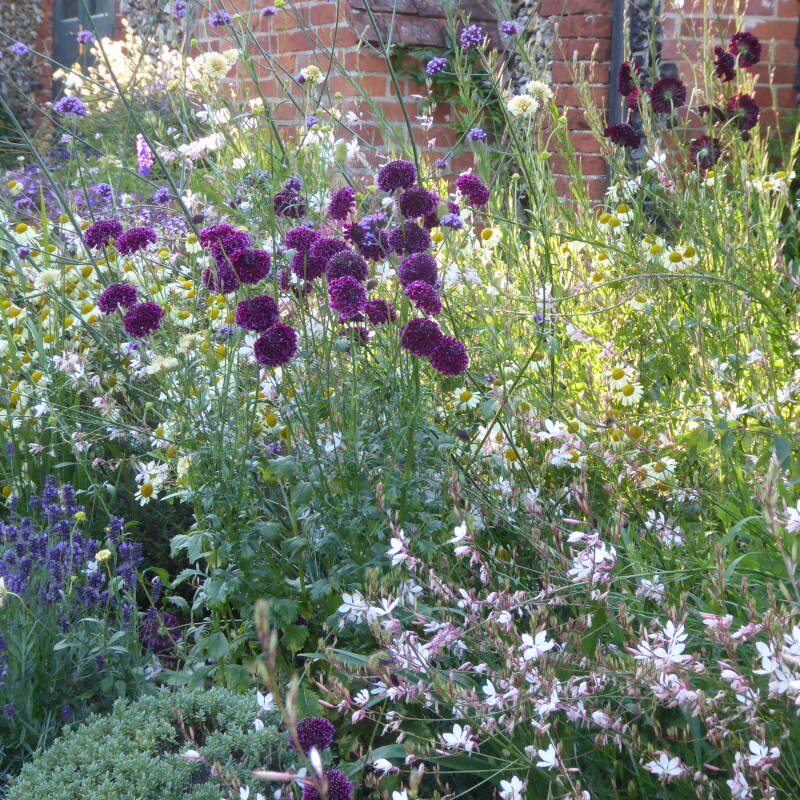It was easy during the dry summer months to forget about water issues such as leaky roofs, standing water, and perhaps the most obnoxious and notorious landscaping problem: land erosion. But now we’re heading into wet weather.
Even if you don’t see mudslides and wet gullies, erosion is still happening (or will) in the future. Soil wears away naturally, but we also contribute to the speed of the process when we water our lawns, dig up garden plants, or walk on the ground.
Is erosion a threat in your garden? Erosion can be both unattractive and dangerous (in the case of a backyard landslide). But luckily there are steps you can take to protect your landscape. Please keep reading to learn the top ways to prevent erosion:
Photography by Matthew Williams for Gardenista.
What Is Erosion?

Erosion is the process that happens when the surface of the earth wears down. Soil, rocks, gravel, sand—all those surface materials are susceptible to being carried off by natural elements such as wind and water. Human activity (from purposely moving earth during construction to gradually wearing it down by walking or driving on it).
What Causes Erosion?

Rainfall or water from irrigation systems travels down hills and slopes and begins carving gullies, washing away topsoil, uprooting plants and trees, and transporting fertilizers and pesticides downstream that eventually enter our water supply. To know if you have erosion issues look for symptoms such as splashes and pooling of mud on hardscaped surfaces, exposed roots, and ruts leading down hill.
What Are the Best Ways to Prevent Erosion?
Plants

Certain plants are excellent at controlling erosion and slopes. The concept is that when plant roots get established, they anchor the soil. Be aware, however, that getting these plants established can be slow and tricky business especially if seeds are planted because they easily wash away and if mulch is used it also gets moved, even planting holes get sabotaged before plants take hold. The solution? Plant plugs or 4-inch plants so that the holes dug are small and disturb less soil. Smart examples of erosion plants include natives that are accustomed to un-glamorous soil and unforgiving slopes, or fast-growing plants like vinca, myoporum, or cottoneaster.
Retaining Walls

One way to prevent erosion is to stair-step the slope with walls. With tiers of flat surfaces, you can plant the levels and the water is allowed to soak in instead of running off. Retaining walls can become more involved, and more expensive, the higher they go. Materials for walls could be stone, concrete or timber, but please read Hardscaping 101: Retaining Walls for a more in-depth look.
Barriers

Rip rap is rough, un-mortared large stone (usually granite) that is placed in trenches dug into the slope. Rip rap diverts and slows water flow but the look can be less than appealing if small plants or succulents are not planted between the stone to soften the look.
Mulch

If the area in question is not too steep, then a thick layer of mulch (preferably 2 to 3 inches) can help stabilize the soil. Keep in mind though that mulch is not a long-term solution because most types are biodegradable or eventually wash away. Avoid using a small bark and instead use a heavy, chunky bark that will want to weave itself together.
Rain Gardens

Try diverting rainwater from downspouts into a heavily planted rain garden. This system holds the water and then slowly percolates it into the ground where it naturally filters the water and irrigates the plants. Adding various sized stones to the bottom of your rain garden aids in the slowing process. Plants that can handle temporary flooding or appreciate standing water include swamp milkweed, rushes, and other aquatic plants. Note: Rain gardens should not be installed near home foundations where excess water could collect.
French Drains

Another way to redirect and capture destructive runoff is to install an underground drainage system called a French drain that utilizes perforated pipe, gravel, and heavy-duty landscape fabric. To learn more, please read Hardscaping 101: French Drains.
Swales

A swale is a shallow but wide ditch where water can flow to a proper outlet. It can be lined with various sized stones to prevent erosion of the swale. Sometimes this method is also called a dry creek bed. Generally the heavier the water flow the larger the stones used.
Note: If your area affected by erosion adjoins a stream, lake, shoreline, or watershed, please get advice from water mitigation experts or conservancy agents because these areas act as buffer zones between land and our water supply and should be handled carefully.








Have a Question or Comment About This Post?
Join the conversation